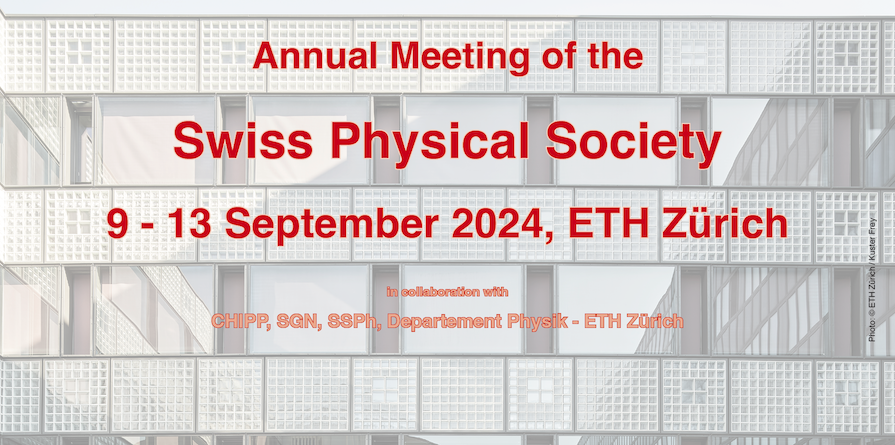Cosmology and neutrino experiments provide the key evidence that the Standard Model of particle physics, although extremely successful in explaining existing accelerator data, is not a complete theory of Nature. In particular, it contradicts the observed neutrino oscillations, does not provide a dark matter, and does not explain the excess of matter over anti-matter in the Universe. Taking...
Negatively curved spaces arise in fields ranging from cosmology to condensed-matter physics, but are hard to probe experimentally. However, their discrete counterparts, hyperbolic lattices, can be realized, e.g., in electric-circuit networks, where we measured signatures of negative curvature. This might allow probing fundamental relationships between curved spaces and quantum theories in...
A central task in finite-time thermodynamics is to minimize the excess or dissipated work Wdiss when manipulating the state of a system immersed in a thermal bath. We consider this task for an N-body system whose constituents are identical and uncorrelated at the beginning and end of the process. In the regime of slow but finite-time processes, we show that Wdiss can be dramatically reduced by...
Along the discovery process, structural biology and biophysical analyses of drug target interactions inform medicinal chemists how to transform an extremely large space of unselective chemical matter into a potent medicine. The established workflows support target proteins which express in large quantities and can be purified at high quality. Therefore, the access to recombinant...
Superconducting electronic circuits are ideally suited not only for studying the foundations of quantum physics but also for exploring applications in quantum information science. Since complex circuits containing hundreds or thousands of elements can be designed, fabricated, and operated with relative ease, superconducting circuits are one of the prime contenders for realizing quantum...
Quantum magnetism has played a very important role in the twentieth century, with milestones such as Bethe’s solution of the spin-1/2 Heisenberg chain in 1931, spin-wave theory in 1952, or the discovery of the Haldane gap in spin-1 chains in 1983. The field is far from closed however, and several basic models of frustrated quantum magnetism are still heavily debated. In view of their...
Free-electron Lasers provide coherent radiation with a tunable central wavelength. The driving mechanism is the self-interaction of a relativistic electron beam with its own radiation field, coupled by oscillating electron orbit in the periodic magnetic field of an undulator. One main activity in FEL development is to reduce the pulse duration below a femtosecond for resolving the fastest...
I will review several open questions in Cosmology, such as the nature of Inflation and of Dark Energy, and how to address them. For example, I will focus on the primordial non-Gaussianity of the initial density fluctuations and how to further investigate it by observations of the distribution of galaxies at long distances.
Our modern interconnected society is built upon two foundational technologies; the compute power of silicon CMOS and the capability of photonics for transmitting vast amounts of data in telecommunication networks. The seamless integration of silicon electronics and III-V photonics has been a long-standing goal to merge these two worlds on a single chip. There’s interest in combining passive...
The functioning of genome-wide gene regulatory networks in bacteria presents us with an apparent paradox. On the one hand, bacterial populations successfully coordinate their gene expression patterns and phenotypes to allow them to grow in a huge variety of environments, including complex combinations of nutrients and stresses that natural selection cannot possibly have specifically prepared...
